In this week's Art Seen, James Dignan looks at exhibitions from the Dunedin Public Art Gallery, Opavivara, and Robert P. West.
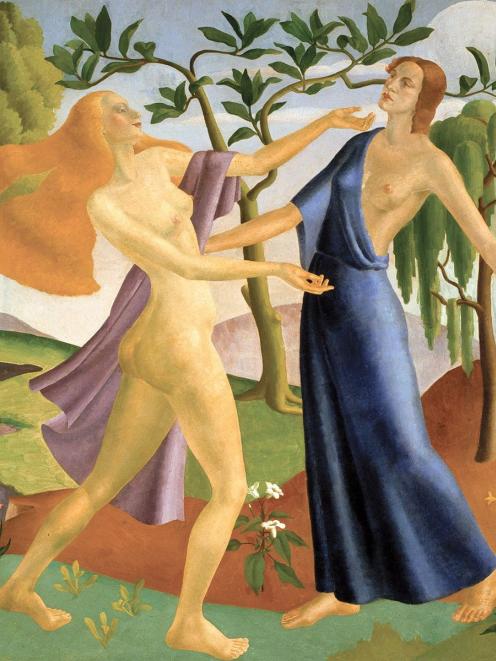 Persephone’s Return to Demeter, by A. Lois White. ‘‘The Circle’’ (Dunedin Public Art Gallery).
‘‘The Circle’’, various artists (Dunedin Public Art Gallery)
Persephone’s Return to Demeter, by A. Lois White. ‘‘The Circle’’ (Dunedin Public Art Gallery).
‘‘The Circle’’, various artists (Dunedin Public Art Gallery)

Mention New Zealand women artists of the late 19th and early 20th centuries and thoughts will instantly turn to Frances Hodgkins. Yet Hodgkins was only the tip of a very large network of fine female kiwi artists working both within and outside the country.
‘‘The Circle’’, a joint exhibition between the Dunedin Public Art Gallery and the Hocken Collections, explores several of the notable names who were producing art at this time. While in some ways Hodgkins is a star of the show, it is the artists less known to the general public who are the great revelation.
The portraits and genre paintings of A. Lois White, Annie Elizabeth Kelly, Dorothy Kate Richmond, Grace Joel, and Grete Graetzer, and the sculpture of Margaret Butler are all exceptional.
The friendships and camaraderie between the various artists has produced if not a specific school of art then at least surroundings in which cross-influence of ideas and styles has been allowed to flourish.
Tellingly, several of the paintings seem to have an undercurrent which belies the limits of what was and was not considered appropriate for young ladies to paint. Joel’s Reclining Nude in particular seems to glow with a subversive eroticism.
As always with the DPAG, the exhibition is comprehensively annotated, providing extensive information for visitors.
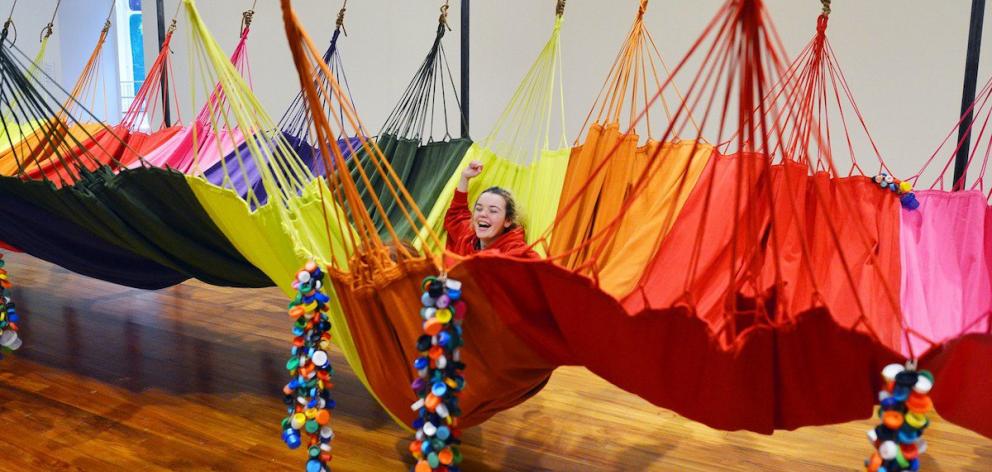 Rede Social (detail), by Opavivara!, ‘‘Opavivara!’’, Opavivara! (Dunedin Public Art Gallery). Courtesy of the artists and A Gentil Carioca Gallery. Photo: Justin Spiers
‘‘Opavivara!", Opavivara! (Dunedin Public Art Gallery)
Rede Social (detail), by Opavivara!, ‘‘Opavivara!’’, Opavivara! (Dunedin Public Art Gallery). Courtesy of the artists and A Gentil Carioca Gallery. Photo: Justin Spiers
‘‘Opavivara!", Opavivara! (Dunedin Public Art Gallery)

Few indications of the scope of art displayed by the Dunedin Public Art Gallery are quite as strong as the short walk from ‘‘The Circle’’ to ‘‘Opavivara!’’.
Opavivara is a four-member collective of artists based in Rio de Janeiro. Their interactive installations are deliberately designed to maximise public participation, to create a shared experience which is fun and also reflects social issues. The collective regards the public as an integral element in their work, so much so that the list of materials used in each work includes ‘‘people’’.
Three works by the collective are on display. Rede Social is a large communal hammock adorned with rattles made from plastic bottle caps. Visitors to the gallery are invited to enter and crawl across the work, causing the rattles to sound, and relax and share time in the hammock’s artificial break from reality.
Sharing and community is also the theme of Paje Curumim; its group of communal tea stations encourage visitors to blend their own tea from the well-known and less well-known herbs available.
The third work on display, SeaSystem, reflects pointedly on the growing plastic pollution in our oceans with a subversive work which almost seems to celebrate the pollution with its bright carnival-like atmosphere.
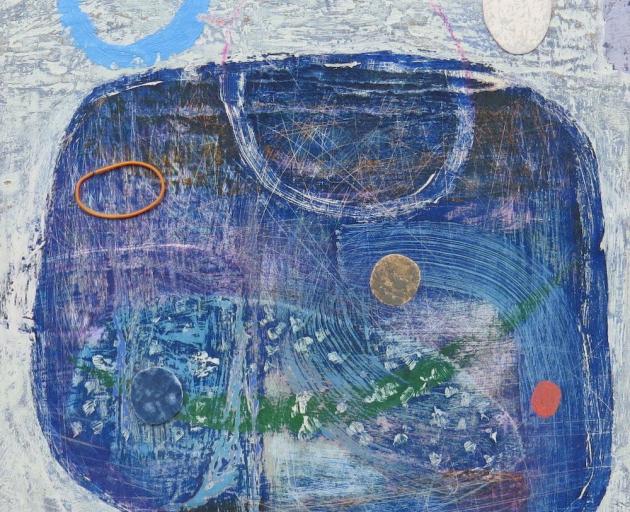 Asteroid, by Robert P. West. ‘‘The Curate’s Egg’’, Robert P. West (Moray Gallery).
"The Curate’s Egg", Robert P. West (Moray Gallery)
Asteroid, by Robert P. West. ‘‘The Curate’s Egg’’, Robert P. West (Moray Gallery).
"The Curate’s Egg", Robert P. West (Moray Gallery)

Robert P. West’s latest exhibition, ‘‘The Curate’s Egg’’, is a collection of works created by the artist over the last two years.
The works range in style, yet all fall within West’s distinctive form of abstraction, which alludes to paths taken and connections made.
Using media ranging from oil paint to Letraset, the artist has created a series of works which appears to look inwards towards the artist’s own subconscious. West has been remarkably coy about any meaning these particular works may have; his artist’s statement refers to the essential being of art not as an end in itself but as ‘‘a medium for the soul’’.
The works themselves are intriguing mind maps, featuring dotted pathways between various points of his cratered surfaces. Several of the works have been created on a form of very thick and rough card-like paper which has been repeatedly painted then sanded back to create a stone-like terrain.
This strong backdrop has then become the basis for the pathways and connected points which form the subject of the works.
The resulting images, while occasionally quixotic, are attractive and thought-provoking pieces which can be revisited repeatedly, revealing new nuances each time.

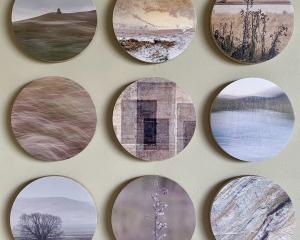
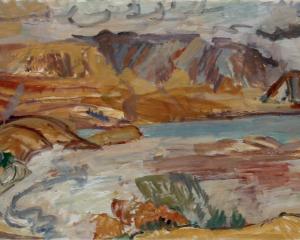







![Untitled (c. mid 1990s, [pink 3]), by Martin Thompson, 415mm×590mm. Photo: courtesy of Brett...](https://www.odt.co.nz/sites/default/files/styles/odt_landscape_small_related_stories/public/story/2024/02/untitled_pink_3.jpg?itok=Q0aQrc9o)

